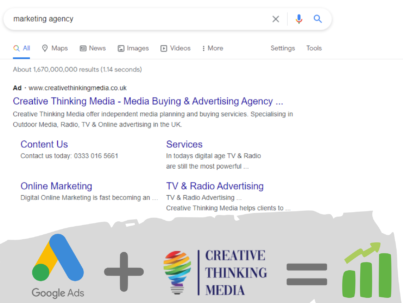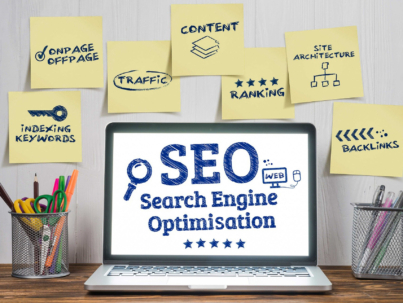Advertising is great in creating awareness about a product or a service which highlights the advantages to consumers. In order to advertise a product or service and to convince the buyers one has to develop an advertising strategy and develop a campaign to communicate ideas about products and services in the most simple and interesting way to the potential customers. Before developing an advertising campaign, one needs to think about the campaign in a logical fashion. Developing an advertising strategy will also reflect other business considerations like overall budget, brand recognition efforts and objectives like public image enhancement, market share growth as well.
If you have a small business with limited capital and can’t spend much to advertise your product or brand as a large organisation, with a great advertising strategy you can develop a highly effective advertising campaign. Creativity and flexible planning, based on an in-depth knowledge of the target consumer is the key to an effective advertising strategy.
6 Steps in constructing an Advertising Strategy:
Objective
First you need a clearly defined objective which you wish to achieve through the advertising campaign. Clear cut objectives/goals are vital for an advertising strategy development.
Define your Customer and target audience
While developing the advertising strategy you need to define clearly who are your customers? Are you selling in an urban, rural or suburban market? Ages, preferences, choices. To identify the target consumer, and the forces acting upon any purchasing decision, it is important to define three general criteria in relation to that consumer.
Demographics
It is about considering age, gender, income, ethnicity, and hobbies.
Behaviours
When studying the customer’s behaviour an advertiser needs to examine the customer’s awareness of the business and its competition, the type of vendors and services the consumer currently uses, and the types of appeals that are likely to convince the customer to give the advertiser’s product or service a chance.
Needs
An advertiser must determine the customer needs- functionality and self-image and the kind of message that will convince the customer that the advertiser’s services or products can achieve those needs.
Communication Media
Next step is to decide the media through which the message or the content will be reached. Here, media acquires importance even to the message development. A very strategic and creative message needs appropriate and well-placed media to reach out to the target audience.Media includes the entire media environment, both offline and online.
Types of Advertising Strategies
Specific products or services can be promoted in multiple ways.
Traditional advertising strategies like television, radio ads and billboard advertising that target broader audiences can still be beneficial if carefully planned.
Advertising strategies that are part of a larger marketing strategy may also include: –
• Google AdWords (pay-per-click)
• Facebook/Social Media adverts specific to highly targeted consumers based on factors like age, income, gender, and location)
• Direct mail
• Cold calling/emailing
• Traditional strategies (television, radio, newspaper)
Understanding the function of advertising and marketing can ultimately help you achieve one important goal, reaching out to consumers likely to be interested in what you have to offer. It is a goal often made with thorough planning, insightful observations, ongoing engagement, and informed decision making.
Article by Creative Thinking Media
If you wish to discuss how we can develop your brand or provide a great advertising strategy for your business, then email us on info@creatvethinkingmedia.co.uk
Creative Thinking Media is a Creative Media Agency that is passionate about effective Marketing/Advertising Campaigns, Brand Identity, Logos and Web Design. ©






